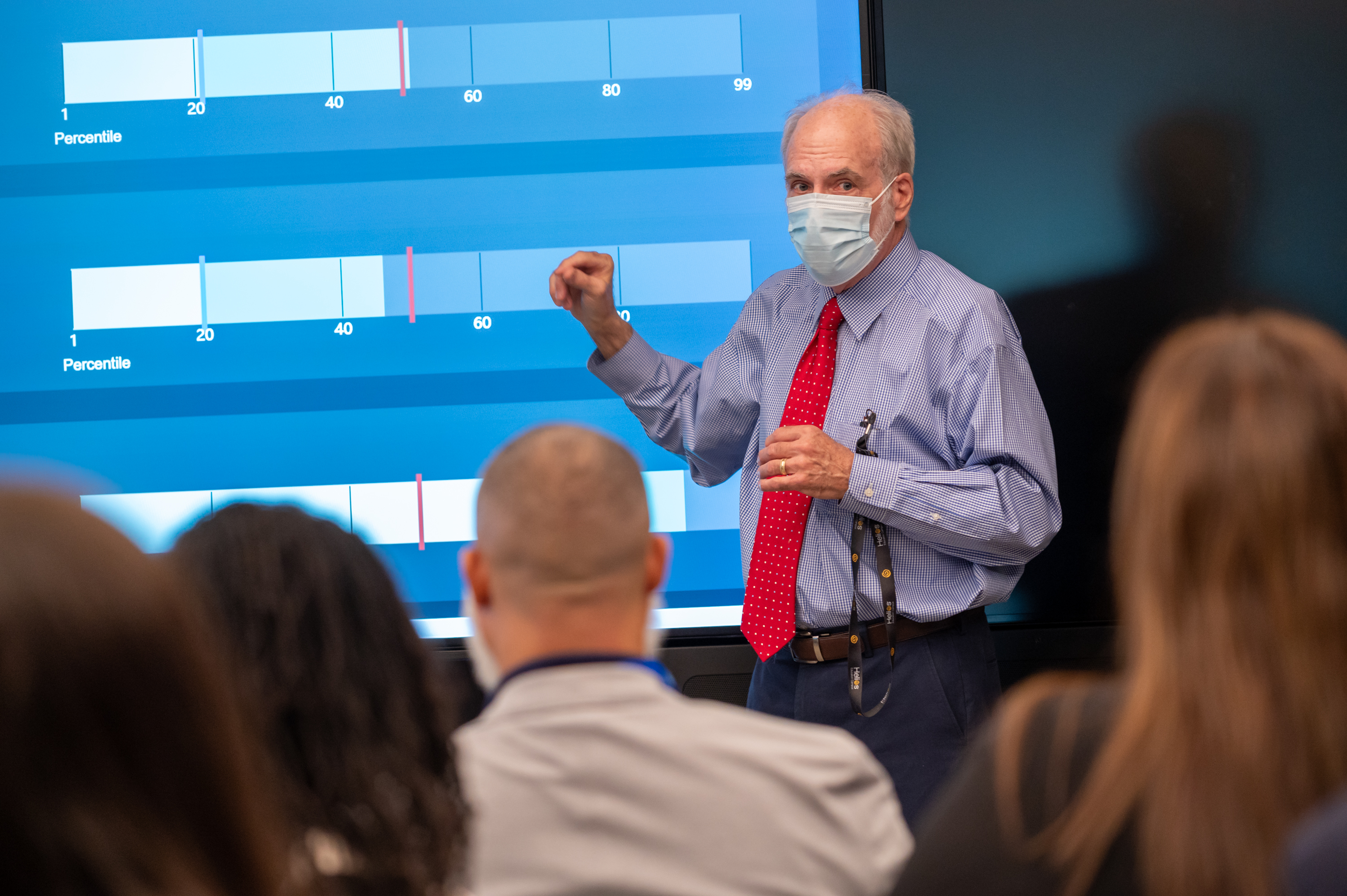ASU Helios Decision Center for Educational Excellence provides matriculation data for all schools in Arizona
Until recently, high school district administrators in Arizona could gather data on how many of their students graduated and matriculated to college. But, information on how their students performed once they got to college was limited at best. As data scientists from the ASU Helios Decision Center for Educational Excellence began to think about how to help bridge this gap, they began to identify available data on student performance from universities and community colleges that could be analyzed and put into school-specific reports called “Postsecondary Feedback Reports (PSFR).”
In partnership with the Arizona Department of Education, the Arizona Board of Regents, the Arizona Community College Coordinating Council (AC4), and AZTransfer, the ASU Helios Decision Center for Educational Excellence is pleased to be piloting a new resource for Arizona's K-12 schools and educators: these reports provide insight into how students from individual schools and districts are doing after they leave high school and enter an Arizona community college or public university. Using data from across the state's partners, the PSFR for can identify exactly how students fare in higher education – whether they matriculate to a community college or a university. The data can be analyzed based on course of study as well as dual enrollment data. This information can really help individual schools understand how they can ensure their students are on the right path to being successful in college.
“These Postsecondary Feedback Reports provide valuable data to schools to help them increase student preparedness for college,” said Joe O’Reilly, Executive Director, ASU Helios Decision Center for Educational Excellence. “Our hope is that these reports can help lead to more students in Arizona matriculating from high school to college and ultimately earn a degree.”
At this point, the data is available for every high school in Arizona to receive a set of customized reports with their school-specific data. And many schools have taken advantage of this opportunity and are already implementing new college readiness strategies based on the data that they received through these reports.
For example, Kim Middleton, Principal at Cienega High School in Southern Arizona recently shared that the PSFR provided valuable insights for them as they began to analyze and understand the data.
“The PSFR reports helped us identify ways to adjust our teaching to ensure our students would be prepared for success in either a community college or university setting,” said Kim Middleton, Principal, Cienega High School. “For example, this data showed a marked difference between student’s performance in college Spanish based on whether they went to community college or a university. As we analyzed it, we realized that we were encouraging students who planned to attend a community college to take one year of Spanish while our university bound students were taking two years of Spanish. The difference in achievement prompted us to change our counseling department conversations with students to encourage them to take two years of Spanish even if they are planning to attend a community college. We expect this new practice will raise kiddos success rates in Spanish in community college to match the success rates we are seeing in our kiddos that go to a university after graduation.“


